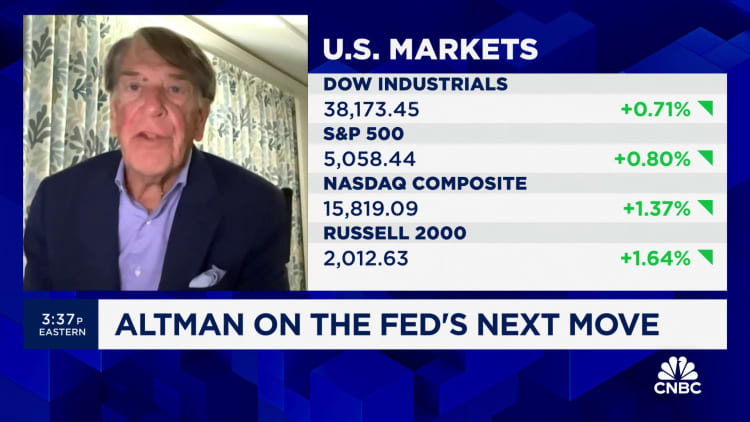The United States and Europe are working on a plan to use interest from the Russian central bank’s frozen assets to provide a loan to Ukraine for military and economic aid, potentially offering the country a multibillion-dollar lifeline as Russia’s war effort intensifies.
Treasury Secretary Janet L. Yellen said in an interview on Sunday that several options for using $300 billion worth of immobilized Russian assets remained on the table. But she said the most promising idea would be for the Group of Seven to provide Ukraine with a loan backed by profits and interest income from Russian assets in Europe.
Group of Seven finance ministers will meet in Italy later this week, hoping to finalize a plan to present to heads of state before the group’s leaders meeting next month. The urgency to find a way to provide more financial support to Ukraine has increased as the country’s efforts to fend off Russia show signs of faltering.
“I think we see a lot of interest from all of our partners in a credit structure that would drive the flow of windfalls,” Ms. Yellen said during her flight to Germany, where she is holding meetings ahead of the G7 summit. “It would generate a significant upfront amount that would help meet Ukraine’s anticipated needs, both militarily and through reconstruction.”
For months, Western allies have debated how far they should go with Russia’s central bank assets. The United States believes it would be legal under international law to seize the money and hand it over to Ukraine, but several European countries, including France and Germany, were concerned about the legality of such a move and the precedent it would set .
Although the United States recently passed a law that would give the Biden administration the authority to seize and confiscate Russian assets, the desire to act in concert with Europe has largely displaced the idea.
This month, EU countries agreed in principle that they would be willing to use 90 percent of profits to buy weapons for Ukraine through the European Peace Facility, an EU structure to finance military aid and its own military missions. The remaining 10 percent would go toward reconstruction and the purchase of non-lethal weapons to satisfy militarily neutral countries such as Ireland, Austria, Cyprus and Malta.
Around 190 billion euros of Russian central bank assets are managed by the Belgian central securities depository Euroclear. The assets generate around 3 billion euros in interest annually, which could be transferred to Ukraine.
However, using interest as the basis for a loan could provide Ukraine with a much larger amount of money up front – potentially up to $50 billion. The method of transferring the money still needs to be worked out. The World Bank or another international institution could act as an intermediary.
It also remains unclear how the loan would be repaid if the war ended before the bond matured or if interest rates fell and the proceeds from the assets were insufficient to repay the loan.
Such details are expected to be discussed among finance ministers when they meet later this week. They hope to provide additional funding to Ukraine this summer.
Ms. Yellen said allocating the money to Ukraine was critical to show Russia that it could not outlast Western support.
“I think Russia is playing a waiting game and feels that over an extended period of time, the United States and our partners will lose the will to support Ukraine,” Ms. Yellen said. “Showing that we have the means to transform the proceeds from the frozen assets into a stream of support for Ukraine is, in my opinion, important evidence that we will not give up – we will be able to help .”Ukraine.”
Source link
2024-05-19 19:54:49
www.nytimes.com















